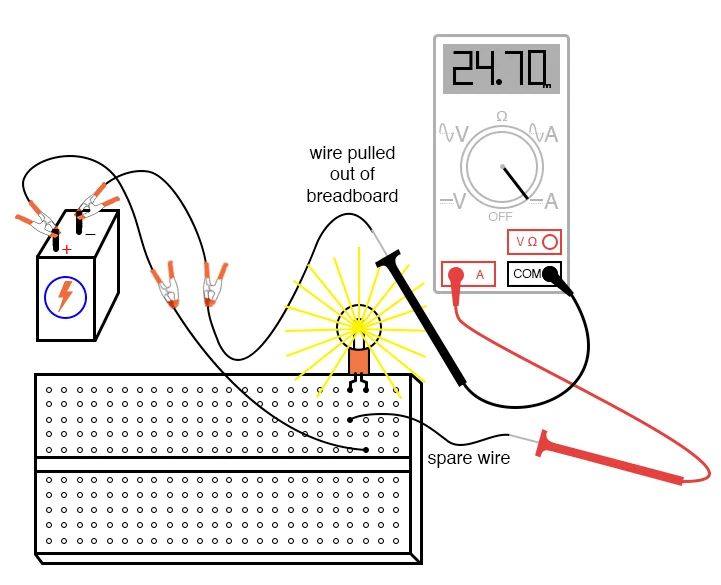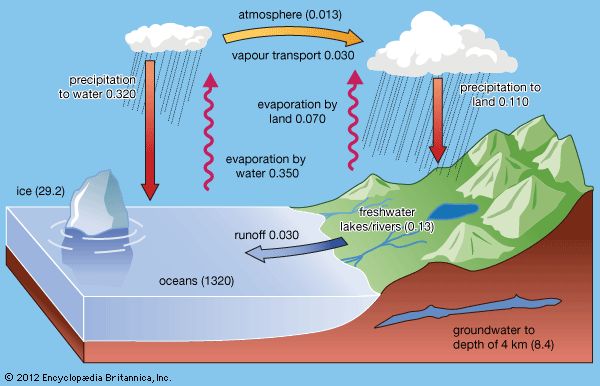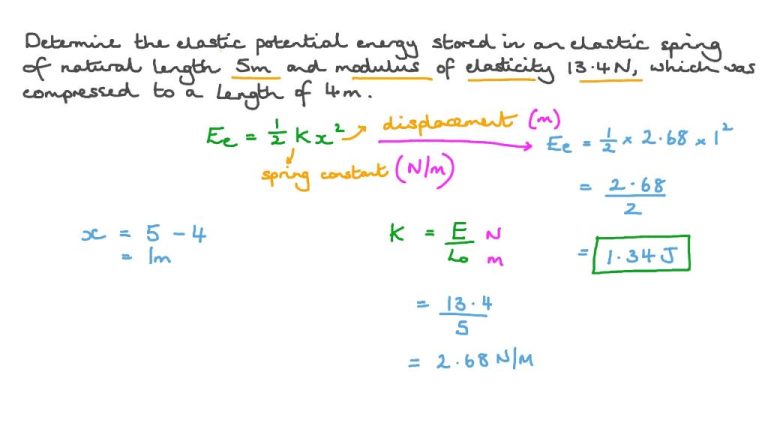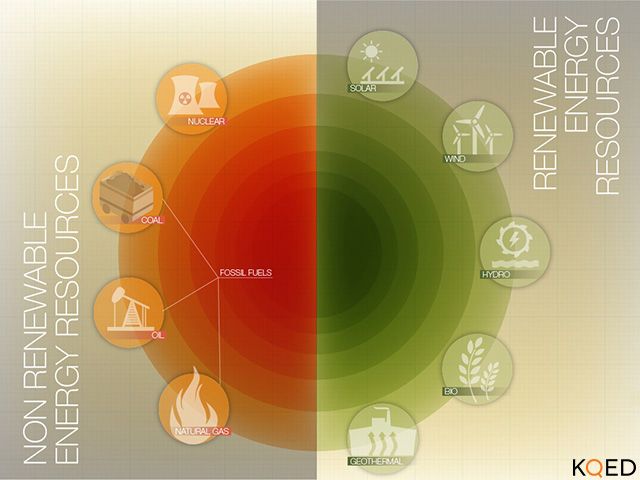What Is The Electric Current Flowing?
What is Electric Current?
Electric current is defined as the flow of electric charge. It refers to the movement of electrons through a conductor like a wire. Electric current is measured in amperes or amps. An ampere is defined as 6.24 × 1018 electrons (1 coulomb) per second passing through a point in a circuit. So electric current is the rate of flow of electric charge.
When voltage is applied to a closed circuit, it gives the electrons enough energy to move through the circuit. The higher the voltage, the higher the electric current because there is greater electron flow. Electric current flows in the direction of decreasing voltage. So positively charged particles will move towards more negative charges.
DC vs AC Current
Electric current comes in two main forms: direct current (DC) and alternating current (AC). These two types of current function in different ways:
Direct current (DC) flows in one direction between power source and electrical load. The voltage polarity remains constant. Batteries and solar cells are common DC power sources. Most electronic devices operate on DC power.
Alternating current (AC) changes direction periodically. The voltage polarity alternates between positive and negative. AC is the dominant form of electricity delivery from generation to homes and businesses. Generators produce AC, and transformers convert it to higher or lower voltages for efficient transmission and end use.
So in summary, DC provides a constant voltage or current, while AC alternates between positive and negative. Both have advantages and are used extensively today.
Measuring Current
To measure the electric current in a circuit, an ammeter is used. An ammeter is a device that allows current to pass through it, with minimal impact on the circuit, and displays the amount of current.

To use an ammeter properly, it must be connected in series in a circuit. This means it is inserted into the path of the circuit so that all current flows through the ammeter. Being connected in this way allows the ammeter to directly measure the current present.
Ammeters are designed with very low resistance so they do not impede the flow of electrons. Digital ammeters may contain a small internal resistor called a shunt resistor. Analog ammeters use the interaction of the magnetic fields produced by the current and by the meter itself to determine the amount of current.
By connecting the ammeter properly in series in a circuit, it can give an accurate real-time measurement of the electric current. This allows analysis of the circuit and confirmation that it is operating as expected.
Factors Affecting Current
The amount of current flowing in a circuit is determined by three main factors: voltage, resistance, and temperature.
Voltage is the “push” or pressure that causes electrons to flow in a circuit. The higher the voltage, the stronger the push on electrons and the more current that will flow. For example, a 9V battery provides more voltage and current than a 1.5V battery.
Resistance is the “friction” that impedes the flow of electrons in a circuit. Components like resistors, light bulbs, and even wires add resistance. The higher the resistance, the more the current is impeded. Ohm’s Law states that current is inversely proportional to resistance.
Temperature affects resistance. In most conducting materials, raising the temperature increases molecular vibration and collisions, which impedes electron flow. Therefore, resistance increases with temperature in metals. Since higher resistance impedes current flow, currents decrease at higher temperatures.
Ohm’s Law
Ohm’s Law is one of the fundamental laws that describes the behavior of electric current. It was discovered by German physicist Georg Ohm in the 1820s.
Ohm’s Law states that the current flowing through a conductor is directly proportional to the voltage applied across it and inversely proportional to its resistance. This relationship can be represented by the following equation:
I = V/R
Where:
- I is the current in amperes (A)
- V is the voltage in volts (V)
- R is the resistance in ohms (Ω)
So according to Ohm’s Law:
- Increasing the voltage while keeping resistance constant will increase the current
- Increasing the resistance while keeping voltage constant will decrease the current
Ohm’s Law allows us to easily calculate any one quantity when the other two are known. It is a very useful tool for analyzing electric circuits.
Electric Power
Electric power is the rate at which electric energy is transferred by an electric circuit. It is measured in watts. Power is calculated using the following formula:
Power (Watts) = Current (Amps) x Voltage (Volts)
Power depends on the amount of electric current flowing and the voltage applied. Higher voltages or higher currents will result in more power. Power is highest when voltage and current are at maximum.
For example, a device connected to a 120 volt circuit with 5 amps of current will use 600 watts of power (120 x 5 = 600). An increase in current to 10 amps (with voltage remaining constant at 120 volts) means the power jumps to 1200 watts (120 x 10 = 1200).
High power applications like electric heaters, ovens and other heating devices require high currents. The amount of power needed determines the required current, which is why heating appliances often need 20, 30 or even 50+ amp circuits.
Safety
Electric current can be extremely dangerous if improperly handled. Exposure to high voltage current can lead to severe shocks, burns, and even death in some cases. Therefore, it is critical to follow safety guidelines and best practices when working with electrical systems.
Some tips to stay safe around electric current include:
-
Never work on live electrical equipment. Make sure to turn off power and use proper lockout/tagout procedures.
-
Wear insulated gloves and other personal protective equipment when exposure to electricity is possible.
-
Use tools with insulated handles to avoid shocks.
-
Keep electrical equipment away from water to prevent electrocution.
-
Regularly inspect cords and wiring for damage. Replace worn or frayed cables immediately.
-
Use ground fault circuit interrupters (GFCIs) to prevent severe shocks.
-
Post warning signs around high voltage equipment.
-
Get trained in electrical safety and first aid for shock victims.
Following basic precautions greatly reduces the risk of injury when working with electric current. Safety should always be the top priority.
Applications
Electric current has many important applications in powering electrical devices and electronics. Some of the key uses of electric current include:
Powering Electrical Devices
Most of the appliances and devices we use every day, from lightbulbs to computers to kitchen appliances, require electric current to operate. Current allows electrons to flow through wires and components, enabling devices to power on and function.
Electronics
All electronic devices and circuits require electric current to operate. Current flows through semiconductor components like diodes and transistors, enabling complex electronics like computers, phones, TVs, and more. Without current flow, none of our modern electronics would be able to function.
Motors
Electric motors rely on current flow and electromagnetism to spin rotors and generate mechanical power. Motors are used in everything from small fans to automobiles to heavy machinery. They enable the conversion of electrical energy into motion or kinetic energy.
History of Electric Current
The understanding of electric current as we know it today has evolved over centuries through the work of pioneering scientists and inventors.
In 1800, Italian physicist Alessandro Volta invented the first true battery that produced a reliable, steady current of electricity. Known as the voltaic pile, it consisted of alternating discs of zinc and copper separated by brine-soaked cloth. This groundbreaking innovation paved the way for future battery and electrical technology.
The late 1800s and early 1900s saw the build out of nationwide electrical grids. In the US, innovators like Thomas Edison, George Westinghouse and Nikola Tesla battled over whether direct current (DC) or alternating current (AC) would become the standard for electrical transmission. Ultimately AC won out due to the ease of changing voltages with a transformer. The widespread electrification of cities and rural areas followed, changing day-to-day life for millions.
Future Developments
As we continue to rely more on electricity, researchers are working to improve electrical systems and find new applications for electric current. Some key areas of future development include:
Improving batteries and storage – Developing better batteries and energy storage technology will make devices more portable and electric cars more practical. Solid-state batteries that are safer, faster charging and higher capacity could transform electric vehicles and mobile devices.
Hybrid/electric vehicles – Electric motors are more efficient than internal combustion engines. Hybrid and electric vehicle adoption is increasing thanks to better batteries and lower costs. Improving charging infrastructure will enable more widespread transition to electric vehicles.
Smart grids – Upgrading to smart grids that can dynamically manage electricity distribution will improve efficiency and integration of renewable energy sources. Smart meters and appliances that can communicate energy needs will help balance demand.
Advancements in superconductors, energy harvesting, wireless charging and other technologies will open up new possibilities for how we generate, store and use electric current.







